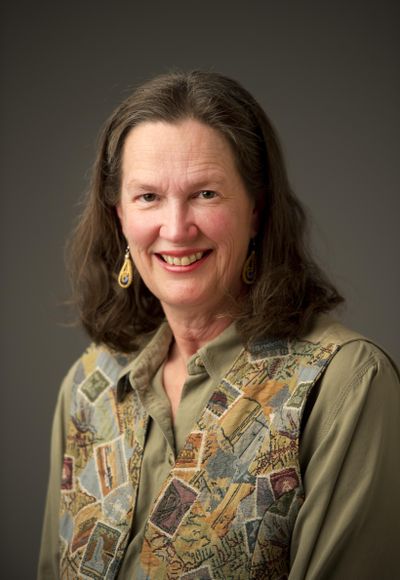Sue Lani Madsen: Common ground possible even in the politics of race

Last Monday I accepted NAACP President Phillip Tyler’s invitation to attend the monthly membership meeting of the Spokane chapter. I was surprised by the heavy police presence, until realizing the featured topic for July was community relations and the Spokane police chief selection process. Police department representatives were there to answer questions.
The setting felt familiar. There was a minute of silence for recent tragedies, a presentation on a featured topic, committee reports and the treasurer’s report. There were concerns that submitted questions from the public would get watered down, and a focus on assuring transparency and accountability of government. It could have been a Farm Bureau or Citizens Alliance for Property Rights meeting.
And that’s common ground. Our system of government is designed to be held accountable to the people, and it is held accountable by the people who show up to civic meetings.
One update covered school dropout and suspension rates in Spokane Public Schools. These are serious community problems, and the NAACP is involved because data show disproportionate effects on black and multiracial teens. But we don’t fix statistics, we work with individuals. We know there are also links to poverty, family structure and available role models. When we focus on whole students with all of their complexity – race, class, family privilege, community – we are on common ground.
It wasn’t all familiar territory. Portions of the meeting were charged with progressive trigger words guaranteed to make conservative eyes roll, including calling the open-comment time a safe space.
Several people touched on the Black Lives Matter meets All Lives Matter slogan war. This was a progressive audience, and there was nodding agreement with the woman who recommended getting off social media to personally educate white friends who post All Lives Matter. From her perspective, ALM is divisive, not inclusive, and it was important to persuade her friends to embrace the Black Lives Matter slogan.
Since it was a safe space, I provided a different point of view. Last summer, I sat down on the front porch with a black neighbor and cautiously asked her about Black Lives Matter. I got a verbal slap in the face. “Is that more of that racial division crap?” She wasn’t interested in Black Lives Matter.
Neither are conservative black leaders like Sheriff David Clarke of Milwaukee, who was being interviewed live on CNN last weekend when he called the Black Lives Matter organization as ideologically hateful as the KKK. Black Lives Matter is not leading to common ground, it’s reinforcing old lines in a society where the fastest-growing category of ethnic identity is multiracial.
One young woman of my daughter’s generation recalled growing up in the 1970s and 1980s as the golden age of color-blindness. Then she reached her 30s and realized race was still around. She made a plea for each one to know their individual biases. She’s right. Rules can remove institutional barriers but can’t touch the human heart. Only self-awareness can break down old attitudes.
Children have no instinctive knowledge of race. The roots of our racial attitudes are buried in our memories, like old photographs stuffed in a shoebox.
“If the White bathroom has white tiles, what color are the tiles in the Colored bathroom?” It’s the only time I can recall my Spokane-born and -raised mother to be stumped by a question. I was 6 years old, and we were in a train station in Virginia on our way to see my father on reserve active duty in Yorktown. I puzzled over the unanswered question in the Virginia train station for years.
I’d never heard of white and black as colors of people.
What’s in your shoebox? Are they memories – and attitudes – that lead to common ground?
Columnist Sue Lani Madsen can be reached at rulingpen@gmail.com or on Twitter: @SueLaniMadsen.